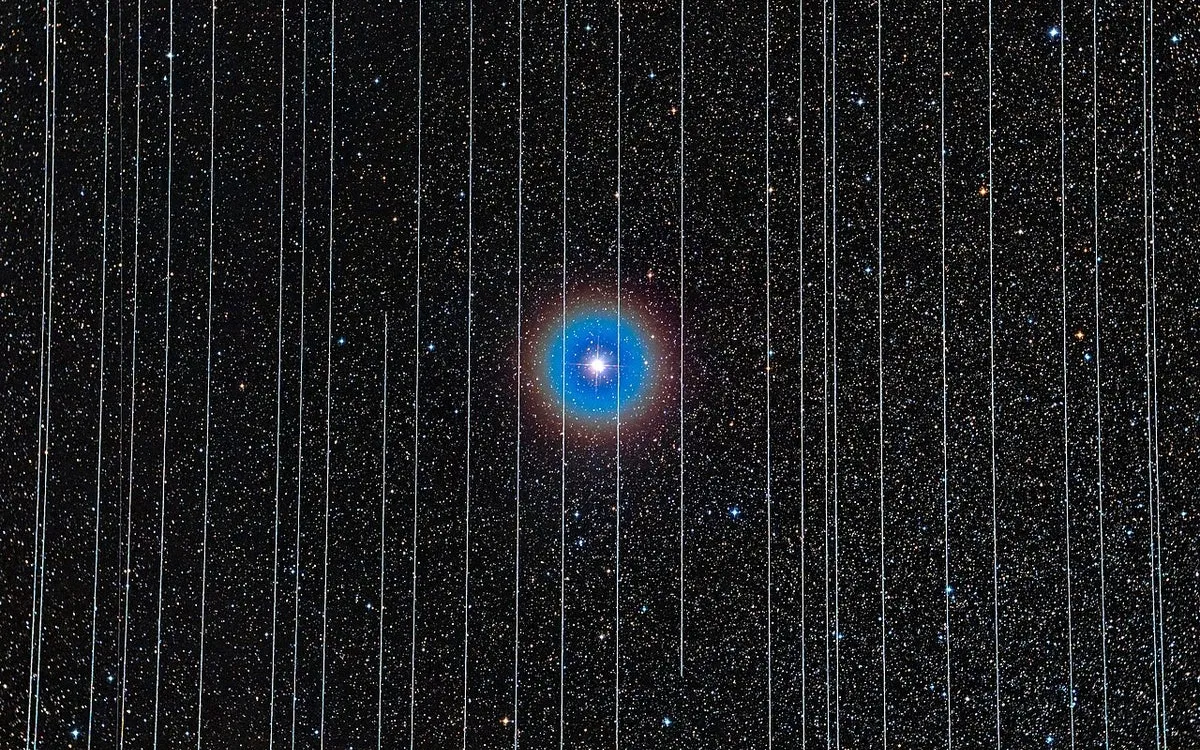
In a significant achievement for the aerospace industry, SpaceX successfully launched its 10,000th Starlink satellite into orbit on Sunday, delivering another batch of 56 satellites. This milestone highlights the immense scale of SpaceX's operations, with Elon Musk now controlling approximately two-thirds of all active satellites currently in orbit, as reported by the non-profit satellite tracker Celestrak.
As of October 20, there are a total of 12,955 active satellites in low-Earth orbit, with SpaceX's Starlink constellation accounting for 8,562 satellites, representing just over 66 percent of this total. Additionally, there are about 1,500 Starlink satellites that are either inactive or have fallen out of orbit. This level of dominance has raised concerns regarding the power and influence that Musk holds over global communication and data.
In 2023, Musk claimed that he possesses “more real-time global economic data in one head than anyone ever,” thanks to his leadership roles at Tesla, SpaceX, and X (formerly Twitter). This assertion underscores the significant impact Musk's companies are having on the global economy and technological landscape.
SpaceX's closest competitor in terms of satellite constellation size is OneWeb, which operates 651 satellites. However, various Chinese initiatives are aiming to surpass 10,000 satellites orbiting Earth by the 2030s. Meanwhile, SpaceX has ambitious plans to expand the Starlink constellation to a total of 42,000 satellites, although it currently holds permission to launch only 12,000 satellites.
The latest Starlink launch not only marked a significant milestone but also equaled SpaceX's annual Falcon 9 launch record of 132, with many more launches planned before the end of 2025. The Starlink satellites are designed to provide high-speed internet access back to Earth and have a lifespan of around five years. After this period, they are programmed to execute a controlled thruster fire to safely reenter the atmosphere and burn up completely.
Recently, videos of Starlink debris burning up in the night sky have been circulating on social media. Notably, astronomer Jonathan McDowell, who works at the Harvard-Smithsonian Center for Astrophysics, has reported an average of one to two SpaceX satellites deorbiting each day in 2025. He predicts this figure could increase to around five per day as SpaceX continues to expand its satellite constellation.
While these deorbiting events do not pose a direct threat to individuals on the ground, Dr. McDowell cautions that pollutants released during the burn-up process could have adverse effects on the atmosphere and contribute to global warming. He stated, “It’s not clear yet really, even in the age of the mega constellations, whether these effects are going to be big enough to be really problematic, but it’s not clear that they won’t.”